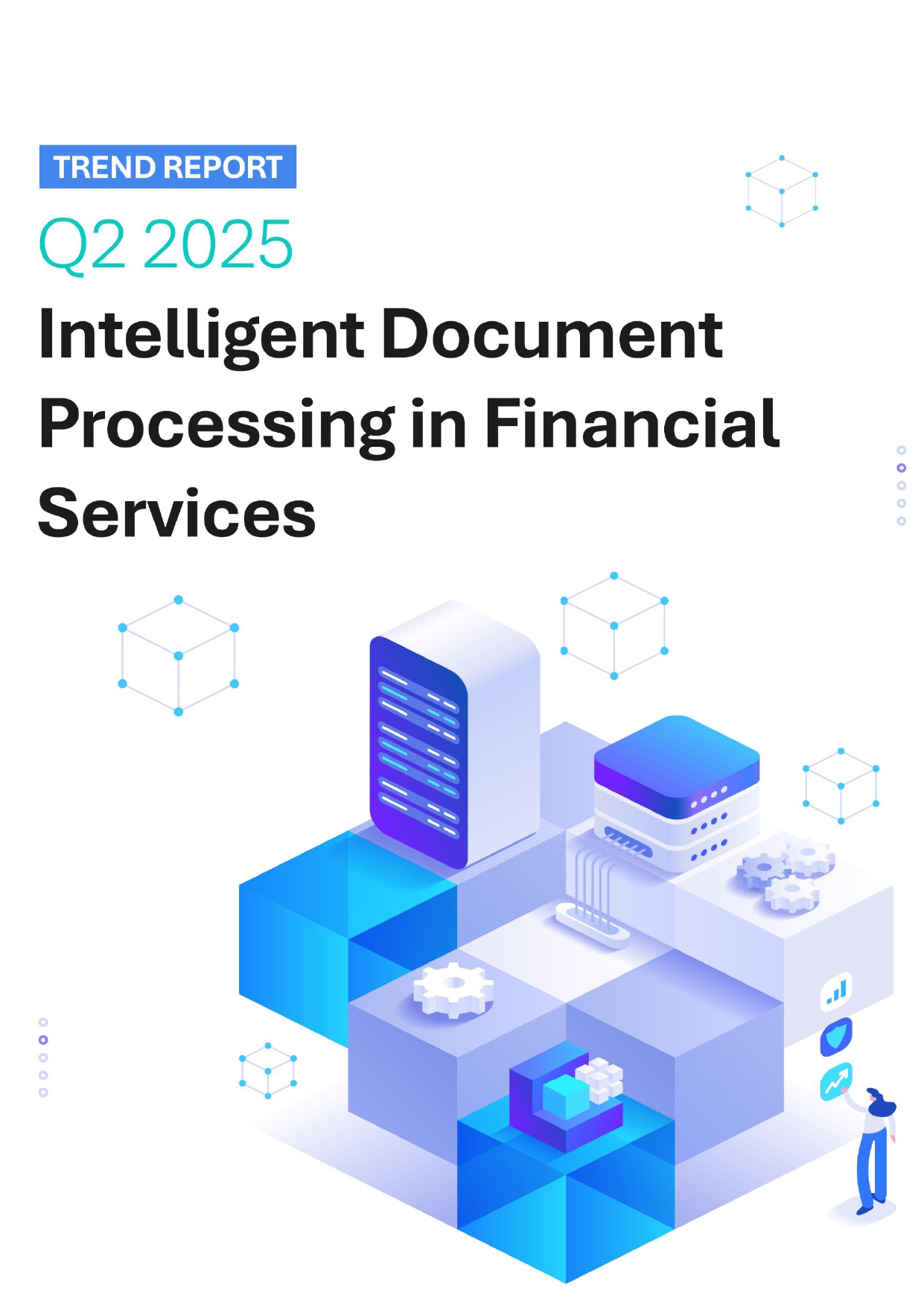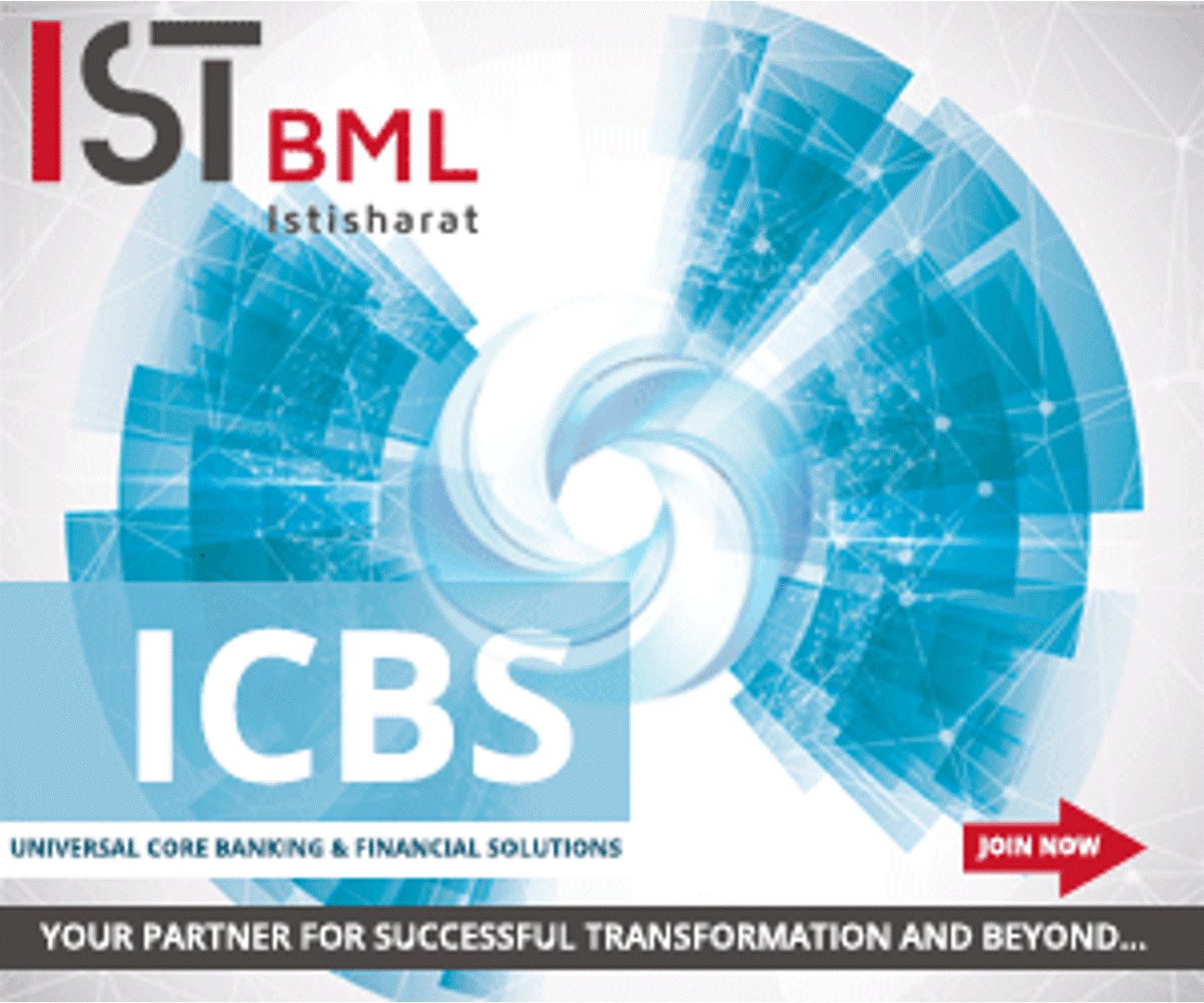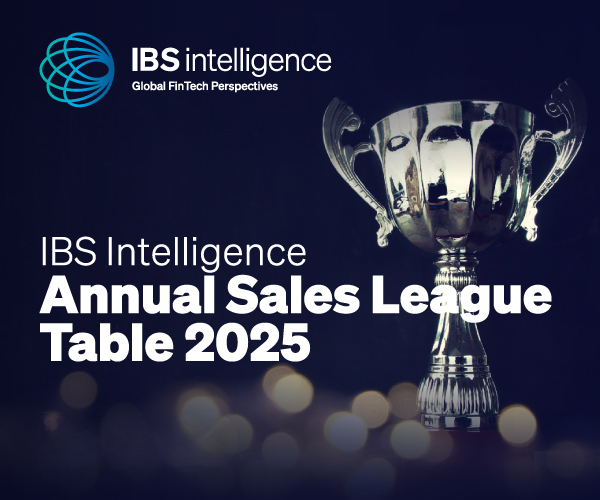 Back
Back
Is entity verification the key to AI accuracy in financial risk management and compliance?
By Puja Sharma
 Moody’s has released its latest study, showcasing the pivotal role of Entity Verification data in the adoption of AI tools within the risk and compliance sector. Entity Verification is the process of confirming the legitimacy and identity of a corporate entity, so organisations can thoroughly understand who they are doing business with.
Moody’s has released its latest study, showcasing the pivotal role of Entity Verification data in the adoption of AI tools within the risk and compliance sector. Entity Verification is the process of confirming the legitimacy and identity of a corporate entity, so organisations can thoroughly understand who they are doing business with.
With the European Union’s AI Act coming into force on August 1, Moody’s findings underscore the need for firms to consider how the new regulation interacts with other regulatory frameworks such as anti-money laundering directives and anti-fraud programs. By embracing the principles of trustworthy AI and ensuring compliance with the Act’s requirements, businesses can harness AI’s use ethically and effectively to drive efficiencies in risk screening, fraud prevention and money laundering.
According to Moody’s study, more than a quarter (27%) of respondents see Entity Verification as critical for improving AI accuracy in risk and compliance activities, with an additional 50% saying it has value in enhancing accuracy. Hallucinations have the potential to hinder compliance processes, where assessing the whole-risk picture and thoroughly understanding who they are doing business with are essential.
Accurate Entity Verification datasets help mitigate risks by ensuring AI-enabled systems are developed and trained using real-time, validated data, reducing the chances of erroneous conclusions or unfair decision making.
AI adoption in risk and compliance is on the rise, with 11% of organisations contacted by Moody’s via the study now actively using AI—an increase of 2% since Moody’s last examined the adoption of AI in compliance in 2023. Furthermore, 29% of respondents are currently trialling AI applications – an 8% increase on Moody’s findings last year.
This recent study also reveals a significant shift in the acceptance and encouraged use of Large Language Models (LLMs). The use of LLMs being actively encouraged has risen to 17%, up 9% from 2023, while accepted use stands at 27%, a 7% increase from the previous year.
“Entity Verification is emerging as the cornerstone for successful AI deployment in risk and compliance. Highly accurate and actionable data are needed to train systems so they can be trusted and ensure fairness while helping compliance professionals understand who they are doing business with,” said Keith Berry, General Manager, Compliance and Third-party Risk Management Solutions at Moody’s.
“The EU’s AI Act is also driving a major imperative for accuracy in AI’s use across a variety of different compliance functions. Organisations that have effective Entity Verification in place may find the same highly accurate data can be used to help adhere with this regulation.”
About Moody’s Compliance and Third-Party Risk Management
Moody’s is transforming compliance and third-party risk management. Integrating award-winning data, workflow automation, and AI-driven solutions, we are creating a world where risk is understood so decisions can be made with confidence.
With innovative technology and industry expertise, Moody’s automates perpetual monitoring of counterparty risk across global networks in real-time. We work with customers to shape their know your customer (KYC), anti-financial crime, risk, and compliance programs around their risk appetite, operational needs, and strategic goals.
Customers build a unique risk management ecosystem, tailored around their policies and compliance obligations. Leveraging Moody’s digital-first solutions for efficiency, scalability, and flexibility, customers manage processes from customer and supplier onboarding to enhanced due diligence and risk monitoring.
IBSi FinTech Journal

- Most trusted FinTech journal since 1991
- Digital monthly issue
- 60+ pages of research, analysis, interviews, opinions, and rankings
- Global coverage
Other Related News
Related Reports

Sales League Table Report 2025
Know More
Global Digital Banking Vendor & Landscape Report Q2 2025
Know More
NextGen WealthTech: The Trends To Shape The Future Q4 2023
Know More
Intelligent Document Processing in Financial Services Q2 2025
Know More


